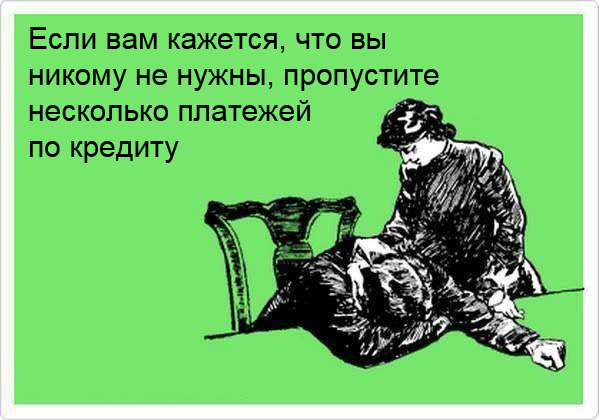Written by Rick Ansorge
Cupping therapy is an ancient form of alternative medicine in which a therapist puts special cups on your skin for a few minutes to create suction. People get it for many purposes, including to help with pain, inflammation, blood flow, relaxation and well-being, and as a type of deep-tissue massage.
The cups may be made of:
Cupping therapy might be trendy now, but it’s not new. It dates back to ancient Egyptian, Chinese, and Middle Eastern cultures. One of the oldest medical textbooks in the world, the Ebers Papyrus, describes how the ancient Egyptians used cupping therapy in 1,550 B. C.
There are different methods of cupping, including:
During both types of cupping, your therapist will put a flammable substance such as alcohol, herbs, or paper in a cup and set it on fire. As the fire goes out, they put the cup upside down on your skin.
As the air inside the cup cools, it creates a vacuum. This causes your skin to rise and redden as your blood vessels expand. The cup is generally left in place for up to 3 minutes.
A more modern version of cupping uses a rubber pump instead of fire to create the vacuum inside the cup. Sometimes therapists use silicone cups, which they can move from place to place on your skin for a massage-like effect.
Wet cupping creates a mild suction by leaving a cup in place for about 3 minutes. The therapist then removes the cup and uses a small scalpel to make light, tiny cuts on your skin. Next, they do a second suction to draw out a small quantity of blood.
You might get 3-5 cups in your first session.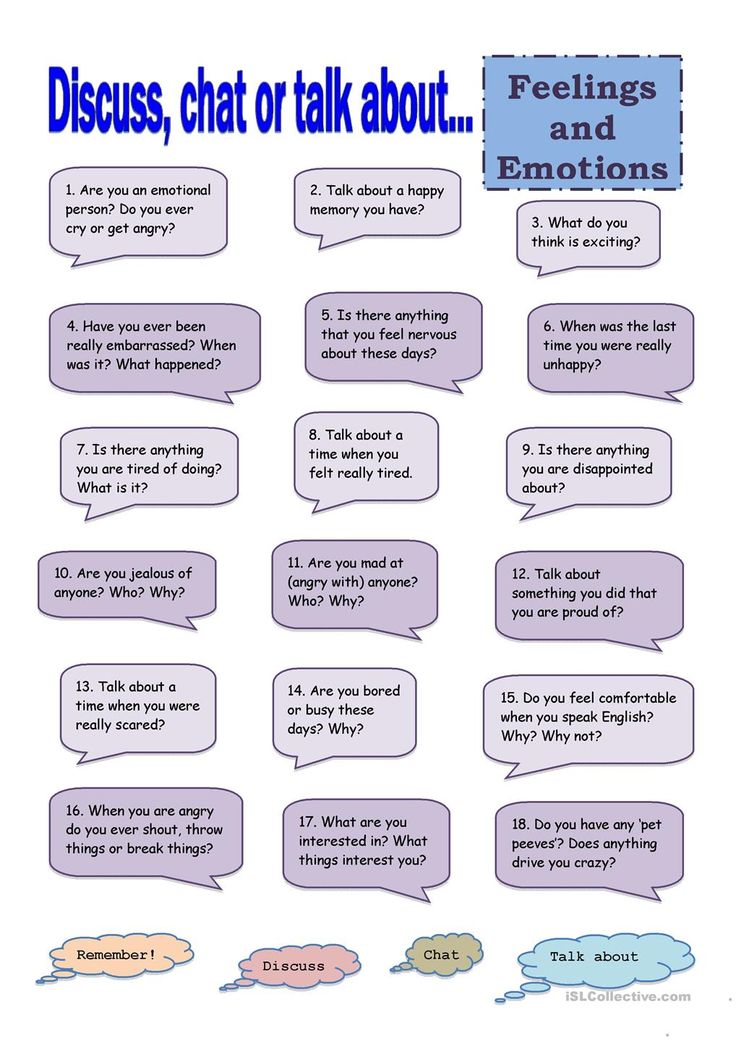 Or you might just try one to see how it goes. It’s rare to get more than 5-7 cups, the British Cupping Society notes.
Or you might just try one to see how it goes. It’s rare to get more than 5-7 cups, the British Cupping Society notes.
Afterward, you may get an antibiotic ointment and bandage to prevent infection. Your skin should look normal again within 10 days.
Cupping therapy supporters believe that wet cupping removes harmful substances and toxins from the body to promote healing. But that’s not proven.
Some people also get “needle cupping,” in which the therapist first inserts acupuncture needles and then puts cups over them.
There haven’t been many scientific studies on cupping.
One report, published in 2015 in the Journal of Traditional and Complementary Medicine, notes that it could help with acne, herpes zoster, and pain management.
That’s similar to the findings from a 2012 report, published in PLoS One. Australian and Chinese researchers reviewed 135 studies on cupping. They concluded that cupping therapy may be effective when people also get other treatments, like acupuncture or medications, for various diseases and conditions, such as:
But those researchers noted many of the studies they reviewed could have been biased and that better studies are needed.
The British Cupping Society says that cupping therapy is used to treat:
There isn’t research to back all of that up.
Cupping is fairly safe, as long as you go to a trained health professional. But you could have these side effects in the area where the cups touch your skin:
If the cups and equipment become contaminated with blood and are not sterilized correctly between patients, bloodborne diseases such as hepatitis B and C can be spread.
Talk with your doctor before you start cupping or any other type of alternative or complementary medicine.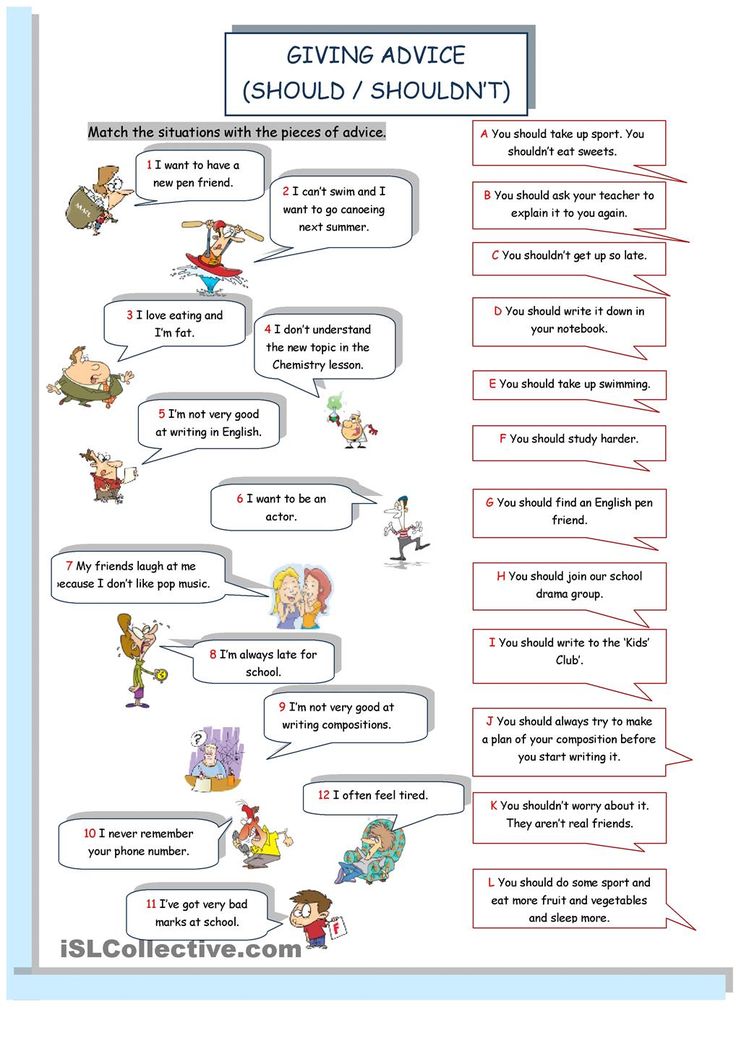 And talk extensively with your cupping therapist, too, before you try it. Ask:
And talk extensively with your cupping therapist, too, before you try it. Ask:
Written by Joseph Saling
Psychiatry and psychology are overlapping professions. Practitioners in both -- psychiatrists and psychologists -- are mental health professionals. Their area of expertise is the mind -- and the way it affects behavior and well-being. They often work together to prevent, diagnose, and treat mental illness. And both are committed to helping people stay mentally well.
Their area of expertise is the mind -- and the way it affects behavior and well-being. They often work together to prevent, diagnose, and treat mental illness. And both are committed to helping people stay mentally well.
But there are differences between psychiatry and psychology. And people sometimes find those differences confusing, especially when they are looking for help. To make matters even more confusing, psychiatrists and psychologists aren't the only mental health professionals you can choose from. There are mental health counselors, social workers, nurses and nurse practitioners, and others who deal with issues of mental health. And if you consider the multiple approaches to treatment, ranging from counseling to various forms of psychotherapy, the whole mental health system begins to look like a maze that's nearly impossible to navigate.
But here's a guide you can use to help you make your way through that maze.
Issues with mental health, especially if they're chronic (persistent or recurring often), can be debilitating.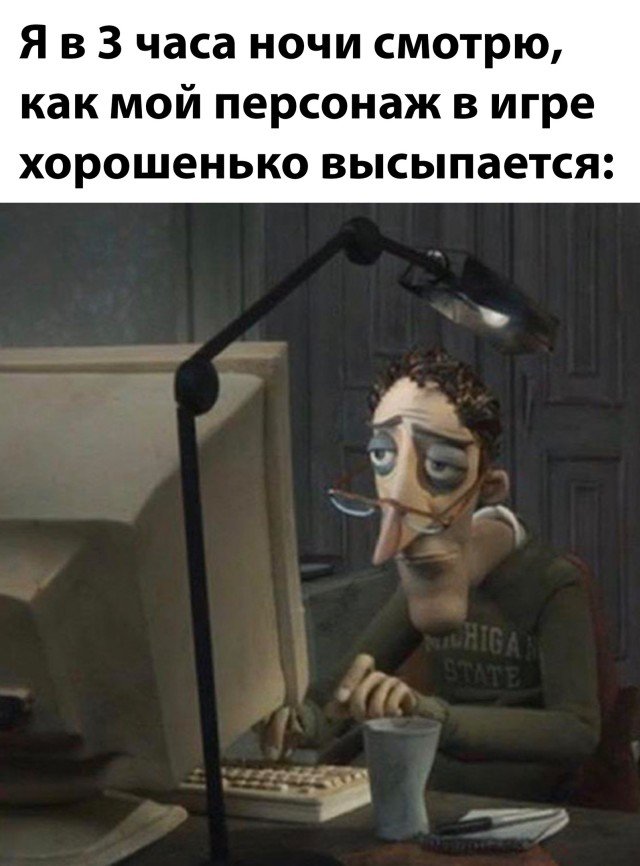 Your body can respond physically to depression or anxiety much like it does to physical illness. And sometimes, mental problems can actually be caused by a physical condition. So the first person to see if you think you are having a mental problem is your primary care doctor.
Your body can respond physically to depression or anxiety much like it does to physical illness. And sometimes, mental problems can actually be caused by a physical condition. So the first person to see if you think you are having a mental problem is your primary care doctor.
Your doctor will ask about your symptoms, how long you've been having them, and whether they're constant or come and go. Your doctor will check for physical problems that could be causing your symptoms and help you decide what type of mental health professional and what kind of therapy might be best for you.
Your doctor might refer you to any of the following mental health professionals:
Psychiatrist. A psychiatrist is a medical doctor (M.D. or D.O.) who specializes in preventing, diagnosing, and treating mental illness. A psychiatrist's training starts with four years of medical school and is followed by a one-year internship and at least three years of specialized training as a psychiatric resident. A psychiatrist is trained to differentiate mental health problems from other underlying medical conditions that could present with psychiatric symptoms. They also monitor the effects of mental illness on other physical conditions (such as problems with the heart or high blood pressure), and the effects of medicines on the body (such as weight, blood sugar, blood pressure, sleep, and kidney or liver functioning).
A psychiatrist is trained to differentiate mental health problems from other underlying medical conditions that could present with psychiatric symptoms. They also monitor the effects of mental illness on other physical conditions (such as problems with the heart or high blood pressure), and the effects of medicines on the body (such as weight, blood sugar, blood pressure, sleep, and kidney or liver functioning).
As a medical doctor, a psychiatrist is licensed to write prescriptions. Many mental disorders -- such as depression, anxiety, ADHD, or bipolar disorder -- can be treated effectively with specific drugs. If you are working with a psychiatrist, a lot of the treatment may be focused on medication management. Sometimes medication alone is enough to treat the mental illness. Sometimes a combination of medication and psychotherapy or counseling is needed. If that is the case, the psychiatrist may provide the psychotherapy, or the psychiatrist may refer you to a counselor or other type of mental health professional.
Psychologist. A psychologist has a doctoral degree (PhD, PsyD, or EdD) in psychology, which is the study of the mind and behaviors. Graduate school provides a psychologist an education in evaluating and treating mental and emotional disorders. After completing graduate school, a clinical psychologist completes an internship that lasts two to three years and provides further training in treatment methods, psychological theory, and behavioral therapy.
Licensed psychologists are qualified to do counseling and psychotherapy, perform psychological testing, and provide treatment for mental disorders. They are not, though, medical doctors. That means that, with the exception of a few states, psychologists cannot write prescriptions or perform medical procedures. Often a psychologist will work in association with a psychiatrist or other medical doctor who provides the medical treatment for mental illness while the psychologist provides the psychotherapy.
Licensed Mental Health Counselor. A psychological counselor is a mental health professional who has a master's degree (MA) in psychology, counseling, or a related field. In order to be licensed, the professional counselor also needs two additional years' experience working with a qualified mental health professional after graduate school. A mental health counselor is qualified to evaluate and treat mental problems by providing counseling or psychotherapy.
A psychological counselor is a mental health professional who has a master's degree (MA) in psychology, counseling, or a related field. In order to be licensed, the professional counselor also needs two additional years' experience working with a qualified mental health professional after graduate school. A mental health counselor is qualified to evaluate and treat mental problems by providing counseling or psychotherapy.
Clinical Social Worker. A clinical social worker has at least a master's degree in social work and training to be able to evaluate and treat mental illnesses. In addition to psychotherapy, social workers can provide case management and hospital discharge planning as well as work as an advocate for patients and their family.
Psychiatric or Mental Health Nurse. Some nurses have had special training in providing mental health services. Depending on their level of training and certification, they can evaluate patients for mental illness and provide treatment in the form of psychotherapy.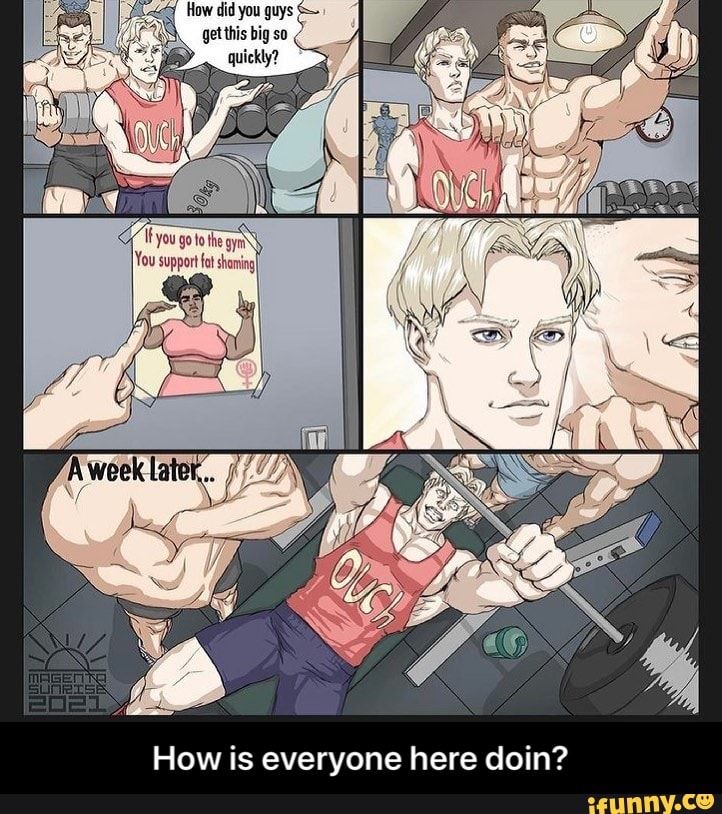 In some states, they are also licensed to prescribe and monitor medications, sometimes independently and sometimes under the supervision of a medical doctor. Nurses also provide case-management services and serve as patient advocates.
In some states, they are also licensed to prescribe and monitor medications, sometimes independently and sometimes under the supervision of a medical doctor. Nurses also provide case-management services and serve as patient advocates.
Although the terms counseling and therapy are often used interchangeably, there is a difference between psychotherapy and psychological counseling. Counseling focuses on specific issues and is designed to help a person address a particular problem, such as addiction or stress management. The focus may be on problem solving or on learning specific techniques for coping with or avoiding problem areas. Counseling is also usually more short-term than therapy.
Psychotherapy is more long-term than counseling and focuses on a broader range of issues. The underlying principle is that a person's patterns of thinking and behavior affect the way that person interacts with the world. Depending on the specific type of psychotherapy that is being used, the goal is to help people feel better equipped to manage stress, understand patterns in their behavior that may interfere with reaching personal goals, have more satisfying relationships, and better regulate their thinking and emotional responses to stressful situations.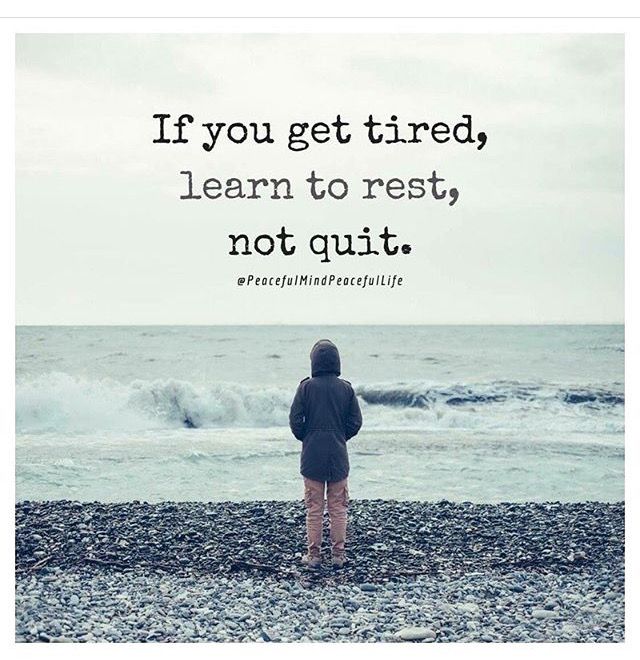 If someone has a form of mental illness such as depression, bipolar disorder, schizophrenia, or an anxiety disorder, psychotherapy also addresses ways in which the illnesses affects their daily life, focuses on how to best understand the illness and manage its symptoms and follow medical recommendations.
If someone has a form of mental illness such as depression, bipolar disorder, schizophrenia, or an anxiety disorder, psychotherapy also addresses ways in which the illnesses affects their daily life, focuses on how to best understand the illness and manage its symptoms and follow medical recommendations.
There are numerous approaches to psychotherapy, also called talk therapy, from which mental health professionals draw their treatment practices. Different types of psychotherapies are often better-suited to specific types of problems. For example, some psychotherapies are designed mainly to treat disorders like depression or anxiety, while others focus more on helping people overcome problems with relationships or obstacles to greater life satisfaction. Some forms of psychotherapy are one-on-one with a therapist, while others are group-based or family-based. According to the American Psychological Association, those approaches fall into five broad categories.
Psychoanalytic or psychodynamic therapies. The idea behind this kind of therapy is that people's lives are affected by unconscious issues and conflicts. The goal of the therapist is to help the person bring those issues to a conscious level where they can be understood and dealt with. This may involve analyzing dreams or exploring a person's personal history.
Behavioral Therapy. This approach to therapy focuses on learning and behavior in an effort to change unhealthy behavioral patterns. Some therapists try to help patients learn new associations by using a system of reward and punishment to bring about certain behavioral changes. Another approach might involve a controlled series of exposures to a phobia trigger to desensitize a person to an unreasonable fear.
Cognitive Therapy. The emphasis in cognitive therapy is on a person's thoughts. The idea is that dysfunctional thinking is what leads to dysfunctional emotions or behaviors. The goal is to help the person recognize unhealthy thinking patterns and to recognize and change inaccurate beliefs.
Group Therapy. One or more behavioral providers leads a group of 5-15 patients a few hours per week. Groups are typically designed to help each other deal with a particular issues, including obesity, social anxiety, grief, chronic pain, or substance abuse.
Humanistic Therapy. This approach to therapy is based on the idea that people are capable of making rational choices and developing their maximum potential. This approach to therapy is often client centered, with the client being seen as the authority on what is going on inside.
Integrative or Holistic Therapy. This approach relies on integrating multiple approaches to therapy based on the client's individual needs. For instance, cognitive behavioral therapy is a combination of the two individual therapies and focuses on both thought and behavior.
Finding the right mental health professional and the right approach to therapy is as important as finding the right medical doctor. Whether you are planning to see a psychologist or a psychiatrist or another type of mental health professional, you should start with a phone call to the professional. Ask about the professional’s approach to dealing with mental issues and how they generally work with clients. Ask about whether or not they accept insurance and how payments are handled. You might describe your reason for wanting to make an appointment and ask if they are experienced in dealing with such issues. If you are comfortable talking with them, the next step is to make an appointment.
Whether you are planning to see a psychologist or a psychiatrist or another type of mental health professional, you should start with a phone call to the professional. Ask about the professional’s approach to dealing with mental issues and how they generally work with clients. Ask about whether or not they accept insurance and how payments are handled. You might describe your reason for wanting to make an appointment and ask if they are experienced in dealing with such issues. If you are comfortable talking with them, the next step is to make an appointment.
At your first office visit, the mental health professional will want to talk with you about why you think you need to come to therapy. They will want to know about what your symptoms are, how long you've had them and what, if anything, you've done about them in the past. They will probably ask you about your family and your work as well as what you do to relax. This initial conversation is important in developing the appropriate approach to treatment. Before you leave the office, the mental health professional should describe to you the plan for treatment and give you an opportunity to ask any questions you might have.
Before you leave the office, the mental health professional should describe to you the plan for treatment and give you an opportunity to ask any questions you might have.
It will likely take several weeks before you become fully comfortable with your therapy. If you still aren't feeling comfortable after two or three visits, let the mental health professional know and explain why you feel that way. The two of you need to work together as a team in order to get the most out of your treatment.
You become irritable and quick-tempered, there is more alcohol and junk food in your life, and less sports, what until recently brought pleasure, suddenly became indifferent...
Site editors
Tags:
Food
Massage
Bad habits
Emotional burnout
GettyImages
You may have experienced the so-called burnout syndrome (BBS). Alas, this is not just a fashionable disease, it is a cry for help from your body, which can no longer work at its maximum capacity.
Alas, this is not just a fashionable disease, it is a cry for help from your body, which can no longer work at its maximum capacity.
Let's face it, you're not the only one. About 80% of all residents of the metropolis face this problem. Translated from a popular language into medical, this condition is associated with a disruption in the activity of the nervous system, or rather with a violation of adaptation. Let's say you used to be able to handle a more intense work schedule with ease, for at least a week. And now you are blown away after a couple of days... Doctors explain this by the fact that in the case of SEV, the nervous system works in such a way that you get excited quickly, but you don’t have time to slow down in time... What used to protect you from overloads (the ability to prioritize , brush aside unnecessary problems and emotions for you, rationality), fades into the background. As a result, you lose your time management skills, you cannot properly build your daily routine, stop in time to rest. We emphasize: “you can’t”, and not “you don’t want to”.
We emphasize: “you can’t”, and not “you don’t want to”.
Chronic stress provokes the development of BS. There are plenty of reasons for its development among residents of a big city: these are the features of professional activity, and prolonged overload, and family troubles... At the same time, it is women who face burnout syndrome more often than men. Representatives of the strong half of humanity rarely have a choice between a career and a family, while we always have to balance between professional realization and the duties of a homemaker. This greatly increases stress and increases the risk of burnout.
First, try to assess your current lifestyle. Doctors advise you to pay attention to your health if:
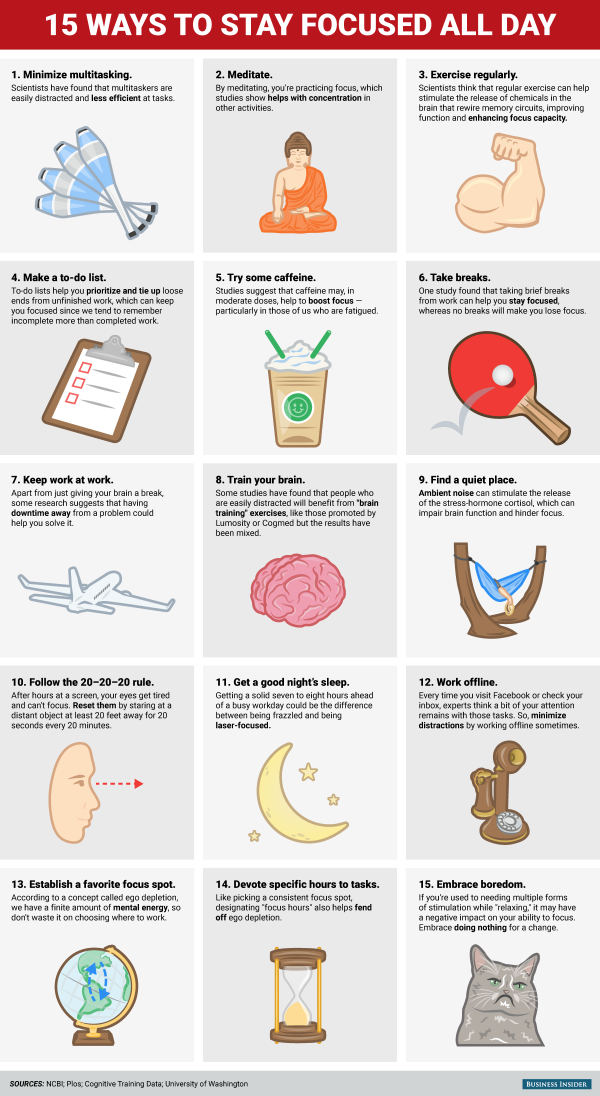 For example, you stopped reading books before bed, although it used to be a daily ritual;
For example, you stopped reading books before bed, although it used to be a daily ritual;
Many people think that it is simply a shame to seek help from doctors with such "nonsense"... Not at all! In the arsenal of doctors there are many techniques that will help you learn how to relieve stress. These, for example, include the BFB method - biofeedback with the nervous system. You will be visually shown what happens in the body during times of intense stress, and they will also teach you various methods of managing your condition (movements, music, visual images, massage, smells). Subsequently, you will be able to use all these skills to relieve physical or emotional stress.
These, for example, include the BFB method - biofeedback with the nervous system. You will be visually shown what happens in the body during times of intense stress, and they will also teach you various methods of managing your condition (movements, music, visual images, massage, smells). Subsequently, you will be able to use all these skills to relieve physical or emotional stress.
You may need the help of a psychotherapist. This is appropriate when you seem to understand that you can’t drink alcohol and eat up at night, but you continue to do it. Doctors call this condition an intrapersonal conflict, in order to get out of it, you need to understand the true motives that affect your emotions and behavior. And they can be buried very deep.
The resources of our nervous system are by no means unlimited. You must learn to replenish them in time. Moreover, you need to draw resources from healthy sources - not from bad habits, but from playing sports, walking, hobbies, communicating with loved ones, visiting theaters and concerts. Plan your leisure time the same way you plan your work schedule. At the same time, the more diverse the sources of obtaining resources, the more effective your nervous system will work.
Moreover, you need to draw resources from healthy sources - not from bad habits, but from playing sports, walking, hobbies, communicating with loved ones, visiting theaters and concerts. Plan your leisure time the same way you plan your work schedule. At the same time, the more diverse the sources of obtaining resources, the more effective your nervous system will work.
 In particular, during periods of increased performance, perform tasks that require planning, strategizing, creating. During periods of low energy, do routine work: clean mail, sort files, etc.
In particular, during periods of increased performance, perform tasks that require planning, strategizing, creating. During periods of low energy, do routine work: clean mail, sort files, etc. Research by Ekaterina Maslova, PhD student New Institute of Physics and Technology of the third year of study, belong to the fundamental scientific field: Ekaterina studies bound states in the continuum and transitions of quasicrystals to the metamaterial mode. In parallel, she works on research projects with students and schoolchildren. Ekaterina told an ITMO.NEWS correspondent why she decided to connect her life with physics, why it is useful to involve high school students and future bachelors in science, and how to cope with the crisis of theorists.
In parallel, she works on research projects with students and schoolchildren. Ekaterina told an ITMO.NEWS correspondent why she decided to connect her life with physics, why it is useful to involve high school students and future bachelors in science, and how to cope with the crisis of theorists.
— How did you choose physics?
— At school, I was interested in studying chemistry, physics, and mathematics: it turned out and it attracted me. Probably, I understood more about the exact sciences than, for example, why the author has black curtains in the work. I was also attracted by experiments that you can do with your own hands, and puzzles that you can solve using a creative approach.
All this caused delight, so there were no particular doubts about where to go to study: perhaps there was a choice between fundamental or applied fields, but in any case I was drawn to science. I think I was very lucky with a school teacher who instilled in me a special interest in physics - and I decided that I definitely need to go to St. Petersburg and enter the Polytechnic University.
Petersburg and enter the Polytechnic University.
— Why this university?
— Actually, I also considered ITMO University, but at the last moment I moved the original documents to the Polytechnic University. At that time, I didn’t know much about ITMO, and in my environment there was an opinion that the Polytechnic University was a more serious university and it was better to go there.
But, already studying at the ITMO master's program, I realized that they really do and promote good science here. No one will put a spoke in your wheels if you want to do science - on the contrary, they will help you. At ITMO, at least at my Faculty of Physics, they regularly report on various internships and scholarships, and motivate me to participate in competitions. Our guys often went abroad for internships, and sometimes they were even offered to stay there: for example, in Europe or Australia.
— What was your undergraduate thesis about?
— At the Polytechnic University I studied at the Department of Condensed Matter Physics. We wanted to assemble a setup for photofragmentation of organic molecules. My job was to find and calculate the parameters for its design. That is, there was no final product: we described a possible model, but there was neither its physical embodiment, nor the experiment for which it was conceived.
We wanted to assemble a setup for photofragmentation of organic molecules. My job was to find and calculate the parameters for its design. That is, there was no final product: we described a possible model, but there was neither its physical embodiment, nor the experiment for which it was conceived.
Perhaps when you do science for a couple of years and don't see any special results, you get a little upset about it and you want to get into some more promising direction. And when I went to the ITMO master's program and started working under the guidance of Mikhail Valeryevich Rybin, I had such an opportunity.
— Did you continue to study condensed matter physics at ITMO?
— In 2017, the ITMO master's program I entered was called "Photonics of Dielectrics and Semiconductors" (now "Physics of Semiconductors" - author's note ), but in fact it was also about solid state physics.
Now I work in the research group of Mikhail Rybin.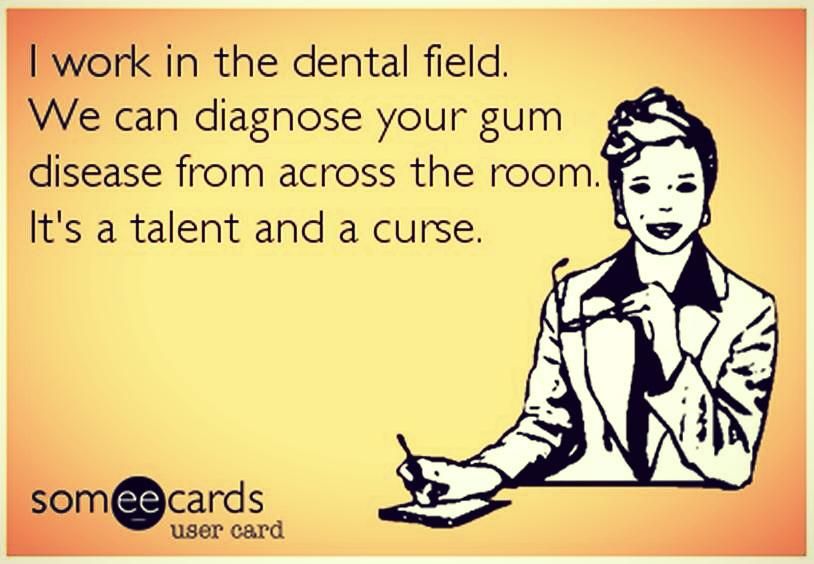 It is quite new - it is only a year old, and so far we are all working in different areas: for example, quasi-crystalline structures, metasurfaces, hybrid anapole states. At the same time, we have both theorists and experimenters, and projects are not only individual - members of both our research group and others can participate in them. For example, I am doing a project not only within my group: I also work together with Zarina Sadrieva from Andrey Bogdanov's group.
It is quite new - it is only a year old, and so far we are all working in different areas: for example, quasi-crystalline structures, metasurfaces, hybrid anapole states. At the same time, we have both theorists and experimenters, and projects are not only individual - members of both our research group and others can participate in them. For example, I am doing a project not only within my group: I also work together with Zarina Sadrieva from Andrey Bogdanov's group.
— What are your projects about?
— In my scientific group, I study phase transitions in a quasi-crystalline structure: I consider how structures go from a photonic quasi-crystal to the metamaterial mode. We are studying the mechanism of the emergence of this mode.
Another direction of my scientific activity is the study of bound states in a continuum. This is exactly what I am doing with Zarina Sadrieva: we study the effect of disorder on the periodic structure. Now we plan to study bound states in a continuum in a slightly different structure.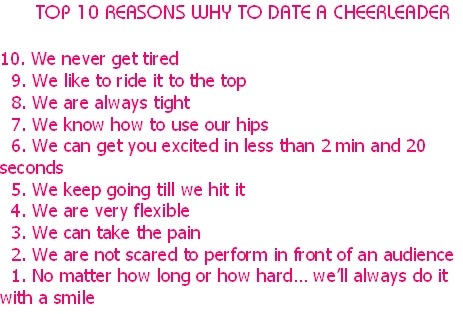 This is a fundamental research, that is, we do not make any product, but our results are applicable in the future in laser engineering, sensors, and nonlinear photonics.
This is a fundamental research, that is, we do not make any product, but our results are applicable in the future in laser engineering, sensors, and nonlinear photonics.
— Some theoretical scientists sometimes have a turning point when they wonder whether it is worth continuing to do science when they do not see practical implementation. Have you had this?
Probably yes. But it was not exactly a turning point, at which - click! and you're like, "No, take your theory, I don't want to do it anymore." I have been working in my laboratory for almost five years now, and when you are immersed exclusively in fundamental physics, realizing that applied physics is developing very well, you begin to think that you want to do something “by hand” yourself. For example, now, if an experiment is planned in our project, I say: “So, of course, I don’t understand anything about this, but can you show me everything, tell me, and I will come and do it myself?”
— How did it happen that you are also involved in projects with students and schoolchildren?
— In our graduate school, you can become a teaching assistant and help conduct seminars, check homework, or you can lead projects. For example, take some section of physics, three students and do scientific work with them during the semester.
For example, take some section of physics, three students and do scientific work with them during the semester.
Similar projects are done with schoolchildren, though not in a semester, but in a year. The work begins in October and ends in April by the deadline for the Sakharov Readings: we have schoolchildren, including those from the Lyceum of the Zh.I. Alferov, and I think they are especially interested in participating in this conference.
— How serious is the work with schoolchildren?
- Pretty serious. For example, last year I had a schoolboy Kliment Semushev. He and I modeled not the classical Penrose tiling with fifth-order symmetry, but a quasicrystal with octagonal symmetry. Kliment wrote a program to generate this structure, we looked at the field distributions and showed that a metamaterial regime is also possible for such a symmetry. Kliment presented this research at the XXXI Sakharov Readings and received a special diploma. Also, based on the work, we wrote prosidings ( extended conference materials. — Note. author ) and sent them to the international conference Metamaterials - imagine you are finishing 11th grade, and you already have a publication. Yes, these are pro-seeds, but international-level pro-seeds.
— Note. author ) and sent them to the international conference Metamaterials - imagine you are finishing 11th grade, and you already have a publication. Yes, these are pro-seeds, but international-level pro-seeds.
I think this underscores the fact that ITMO promotes science in principle: even as a schoolboy, you can get a pretty good scientific result. Or at least you will get acquainted with how scientific work is structured, and you will get yourself a plus in your portfolio - regardless of whether you are going to enter ITMO.
— Where are you going to go after graduate school?
— I would probably like to stay at ITMO: I like working where I am now. I would continue to do science and continue to do projects that we are just launching. Already now I seem to know my tasks for scientific work for a year and a half or two ahead.
At the same time, I also want to continue working with schoolchildren and students. You can give a small problem and get a good result pretty quickly compared to participating in large scientific projects - they don’t last a month or two.